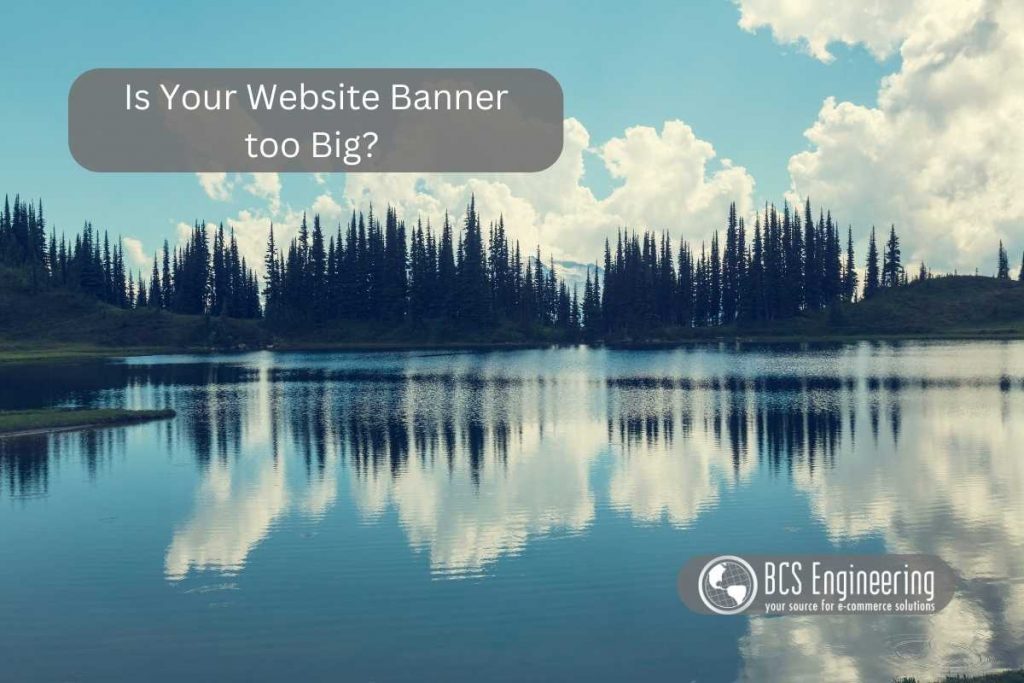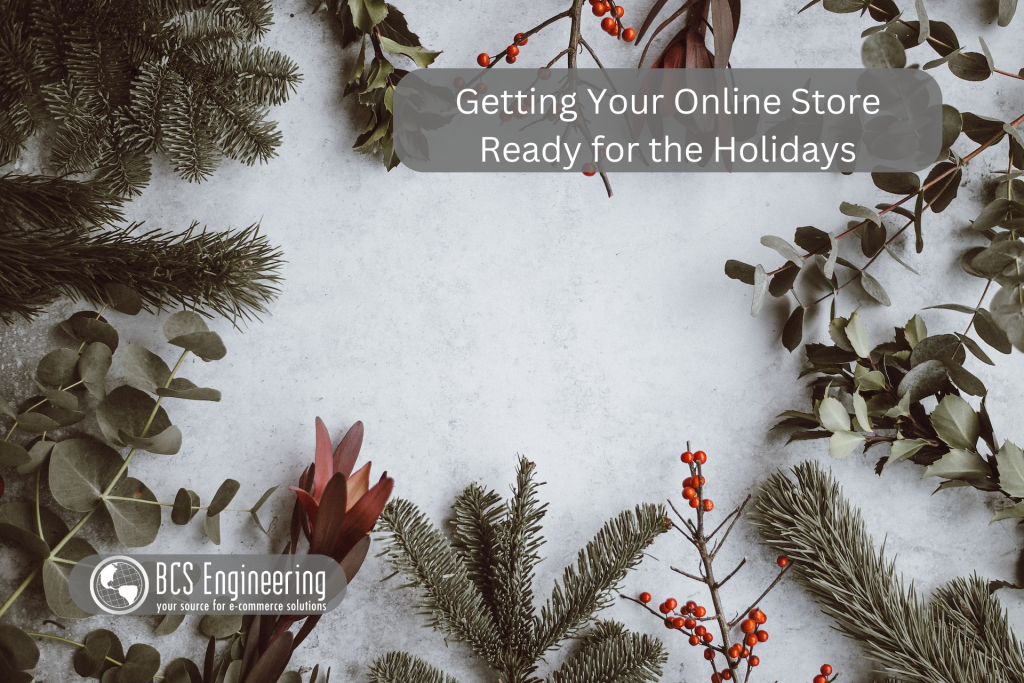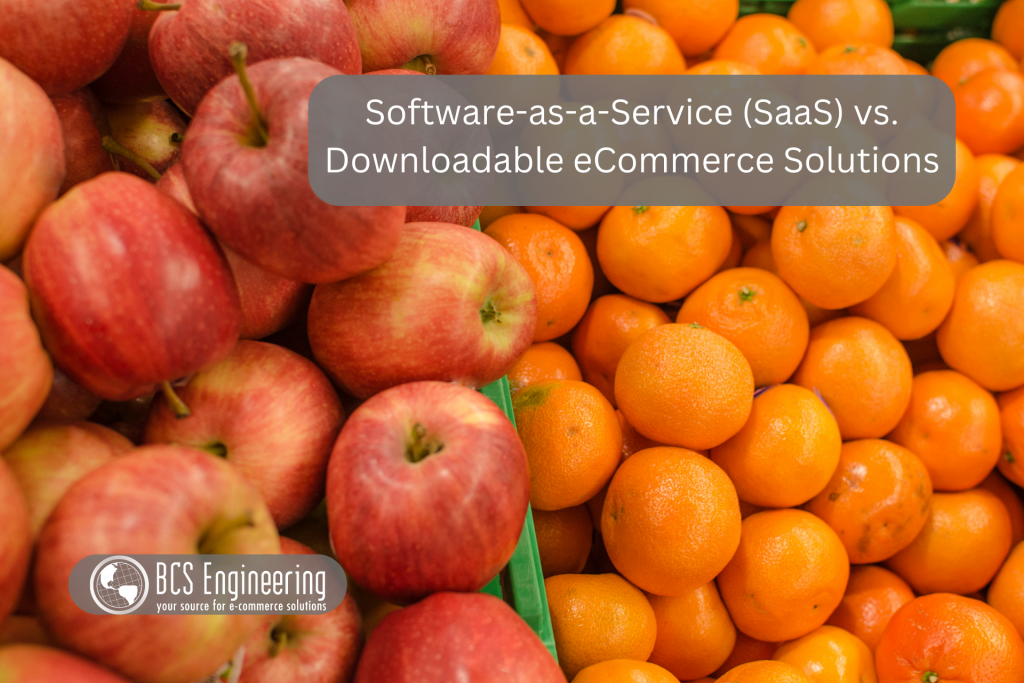Email is still one of the most effective ways of communicating with your audience. From sending newsletters to sharing new promotions, consistent email marketing keeps your audience engaged with your content and products. One way to ensure success when it comes to your email marketing strategy is to create a content calendar.

What is a content calendar?
An email marketing content calendar is a way of planning and organizing your emails in advance. Whether it be planning weekly or monthly, having a strategy for what content will be sent and when it will be sent can help create consistency in your communications. Having a content calendar also helps you and your team stay on top of your marketing as well as work ahead, giving you some breathing room for other important tasks. Overall, through a content calendar, you can clearly map out email strategy!
How to create your email marketing content calendar
Establish your goals
When it comes to your email marketing strategy, you need to figure out what it is you want to achieve through it. Increasing sales, growing your subscriber list, boosting engagement, or educating your audience are just a few goals you may consider. By setting a goal, it will be easier to determine what kinds of material you want to create and send out to your audience.
Think about your audience
In any marketing strategy, you need to consider what your audience wants to see in emails. What do they like to read? What do they want to know? Answering these questions can help you and your team create emails that resonate with your audience.
Note: Consider segmenting your audience
Depending on how large your audience is, you may find that you can divide your audience into differ groups. These groups all may want different kinds of emails. If that is the case, consider segmenting your audience and selecting tailor email types for each group. An example of this could be new customers and existing customers. New customers may not know much about your company, so they may need to receive some introductory emails that older customers do not need. By segmenting your audience, you can meet your customers where they are and create better experiences for your variety of customers.
Plan out the kinds of emails you want to send
Before you look at your calendar, you and your marketing team need to determine what kinds of emails you want to send out. Some common types of marketing emails are newsletters, promotional emails, product announcements, event invitations, education content, and so forth. What type you choose will depend on the products & services you sell, as well as your audience. Choosing a handful of email types can help create variety in what your customers see, which can keep your emails fresh and interesting.
Set frequency and timing
One of the most important aspects in your email content calendar is creating consistency. Each email type (for example, let’s say you are doing newsletters and promotions) should have set days and times associated with them. Perhaps your newsletters and promotions are sent biweekly on Tuesdays at 12PM and they go back and forth: one Tuesday you send the newsletter, the next a promotional email, and so forth. Ideally the times and days you send your emails will be determined by the days and times your audience is most engaged, which can take time to figure out. The key though is to make sure that you send consistently so your audience knows when to expect your content!
Note: Identify key dates & events
While establishing your routine emails is important, don’t forget to mark your calendar with other special marketing events! For example, your company’s birthday or a new product don’t happen that often but are valuable marketing opportunities.
Create content & content templates
Email subject lines, image assets, call-to-actions, and the bulk of your message all need careful thought. Your audience receives hundreds of emails a day, so you want your emails to stand out and be remembered as worthwhile reading. For each type of email, you may consider creating a template that you can use for that email every time so that the structure is constant. Templates also make creating future emails easier.
Note: Brainstorm content themes & topics
In the beginning, creating content may come easily, but as time passes, you may find yourself running out of creativity. Create a list of content themes and topics that you want to write about. This list will not only help you when writing future emails, but also can be a way of testing what kind of content your users engage with if you use an email platform that has analytics involved. Depending on what is popular with your audience, your list may change overtime.
Schedule & send
To send your marketing content calendar emails, you can either manually send them, or use automation tools to schedule them to send automatically. At BCSE, we use AWeber*. AWeber is an email marketing software that allows you to create, schedule, and send your emails out to audiences. You can segment your audience through it as well. In terms of creating an effective email marketing content calendar, email management tools such as AWeber help streamline the process!
Note: Consider testing different content methods to better serve your audience
When sending your emails, you may want to experiment with certain aspects of your emails. For example, figuring out what subject lines or Call-to-Actions resonates with your audience can take time, but with the help of an email management software, you can “A/B” test them on a certain percentage of your audience and see how well they do!
Analyze & Revise
When your emails are finally sent, it’s time to track how well they do. Having a way to report and analyze your email marketing strategy is important to improving it overtime! Through an email management tool like AWeber, you can keep track of important metrics, such as Open Rates (how much of your audience opened your email) or Click Rates (How much of your audience clicked a link). Through such metrics, you can gain a better understanding of what works for your audience and what doesn’t.
Want to Learn More?
Want to learn more about how you can up your email marketing game? Listen to our latest eCommerce Made Easy podcast where we interview Tracy Beavers. Tracy is an expert in marketing, sales, and business growth and has helped hundreds of entrepreneurs gain business visibility through organic marketing strategies. Tune in to learn why email marketing is not just a good-to-have but a must-have component of your business strategy.
* Contains Affiliate Link.









